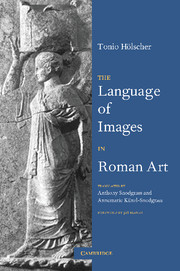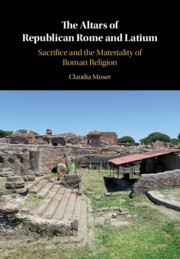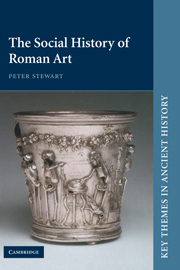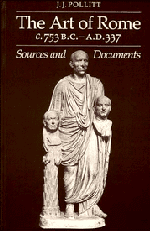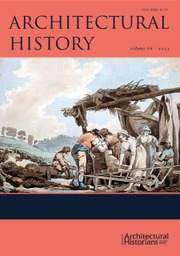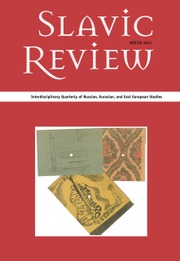The Language of Images in Roman Art
This book, first published in 2004, develops a theory for the understanding of Roman pictorial art. By treating Roman art as a semantic system it establishes a connection between artistic forms and the ideological messages contained within. The history of Roman art traditionally followed the model of a sequence of stylistic phases affecting the works of their era in the manner of a uniform Zeitgeist. By contrast, the author shows different stylistic forms being used for different themes and messages. The reception of Greek models, a key phenomenon of Roman art, thus appear in a new light. The formulations of specific messages are established from Greek art types of different eras serving to express Roman ideological values: classical forms for the grandeur of the state, Hellenistic forms for the struggling effort of warfare. In this way a conceptual and comprehensible pictorial language arose, uniting the multicultural population of the Roman state.
- Basic theoretical approach to Roman art
- Presenting art as a medium of conceptual messages
- Central to key political monuments of Rome, e.g. Ara Pacis
Reviews & endorsements
"it provides rich material with which to think. While Holscher's structuralist methodology may seem limited today, he s till gives us much to ponder, question and debate, which is no small feat." CAA Reviews Lauren Hackworth Petersen
"The text is copiously illustrated with fifty-two generally clear plates and supported by a chronology of Greek art and artists, a glossary, bibliography, and index...teachers who include Greco-Roman art in discussion of Roman culture will probably find this work of great interest and of some classroom utility." - Robert I. Curtis, University of Georgia
Product details
November 2004Paperback
9780521665698
188 pages
227 × 164 × 13 mm
0.275kg
52 b/w illus.
Available
Table of Contents
- Foreword
- Preface
- 1. Introduction
- 2. The Greek paradigm: example for lifestyle, academic subject, or building block of imperial culture?
- 3. The monuments: questions, categories, theses
- 4. Battle-scenes: the tradition of Hellenistic pathos
- 5. Battle-scenes: their reception in Rome
- 6. State ceremonial: the tradition of Classical dignity
- 7. The semantic system: the elements and their use
- 8. The semantic system: premises and structure
- 9. The origins of the system: dynamics and statics
- 10. Language of imagery and style
- 11. Formal system and style in the theory of rhetoric and of imagery
- 12. Conclusion: language of imagery and culture of empire
- Bibliography, supplementary bibliography.

